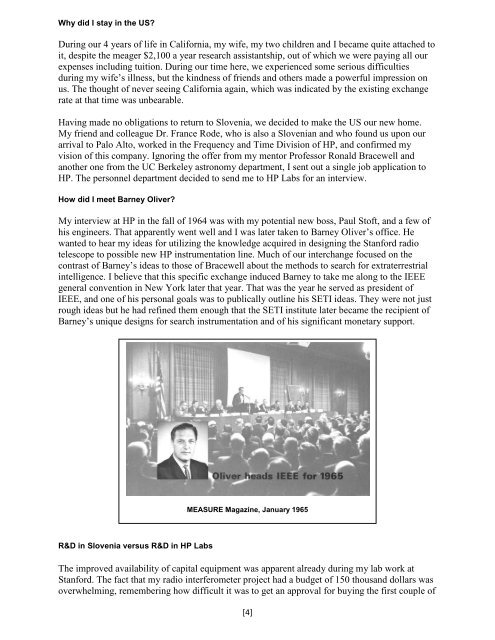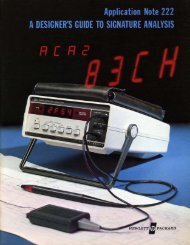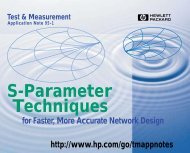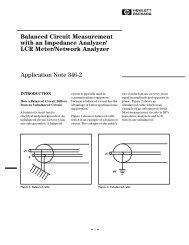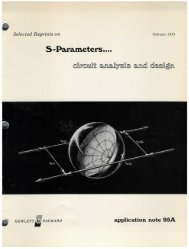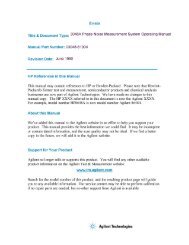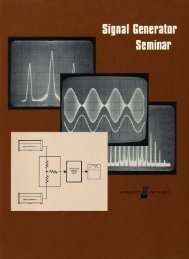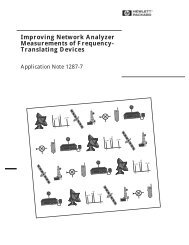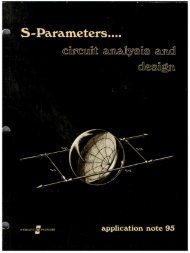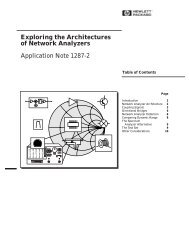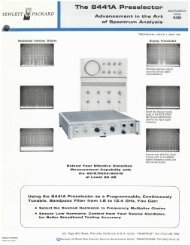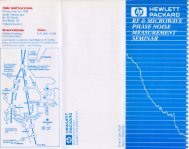My Association with HP - HP Memory Project
My Association with HP - HP Memory Project
My Association with HP - HP Memory Project
Create successful ePaper yourself
Turn your PDF publications into a flip-book with our unique Google optimized e-Paper software.
Why did I stay in the US?During our 4 years of life in California, my wife, my two children and I became quite attached toit, despite the meager $2,100 a year research assistantship, out of which we were paying all ourexpenses including tuition. During our time here, we experienced some serious difficultiesduring my wife’s illness, but the kindness of friends and others made a powerful impression onus. The thought of never seeing California again, which was indicated by the existing exchangerate at that time was unbearable.Having made no obligations to return to Slovenia, we decided to make the US our new home.<strong>My</strong> friend and colleague Dr. France Rode, who is also a Slovenian and who found us upon ourarrival to Palo Alto, worked in the Frequency and Time Division of <strong>HP</strong>, and confirmed myvision of this company. Ignoring the offer from my mentor Professor Ronald Bracewell andanother one from the UC Berkeley astronomy department, I sent out a single job application to<strong>HP</strong>. The personnel department decided to send me to <strong>HP</strong> Labs for an interview.How did I meet Barney Oliver?<strong>My</strong> interview at <strong>HP</strong> in the fall of 1964 was <strong>with</strong> my potential new boss, Paul Stoft, and a few ofhis engineers. That apparently went well and I was later taken to Barney Oliver’s office. Hewanted to hear my ideas for utilizing the knowledge acquired in designing the Stanford radiotelescope to possible new <strong>HP</strong> instrumentation line. Much of our interchange focused on thecontrast of Barney’s ideas to those of Bracewell about the methods to search for extraterrestrialintelligence. I believe that this specific exchange induced Barney to take me along to the IEEEgeneral convention in New York later that year. That was the year he served as president ofIEEE, and one of his personal goals was to publically outline his SETI ideas. They were not justrough ideas but he had refined them enough that the SETI institute later became the recipient ofBarney’s unique designs for search instrumentation and of his significant monetary support.MEASURE Magazine, January 1965R&D in Slovenia versus R&D in <strong>HP</strong> LabsThe improved availability of capital equipment was apparent already during my lab work atStanford. The fact that my radio interferometer project had a budget of 150 thousand dollars wasoverwhelming, remembering how difficult it was to get an approval for buying the first couple of[4]


